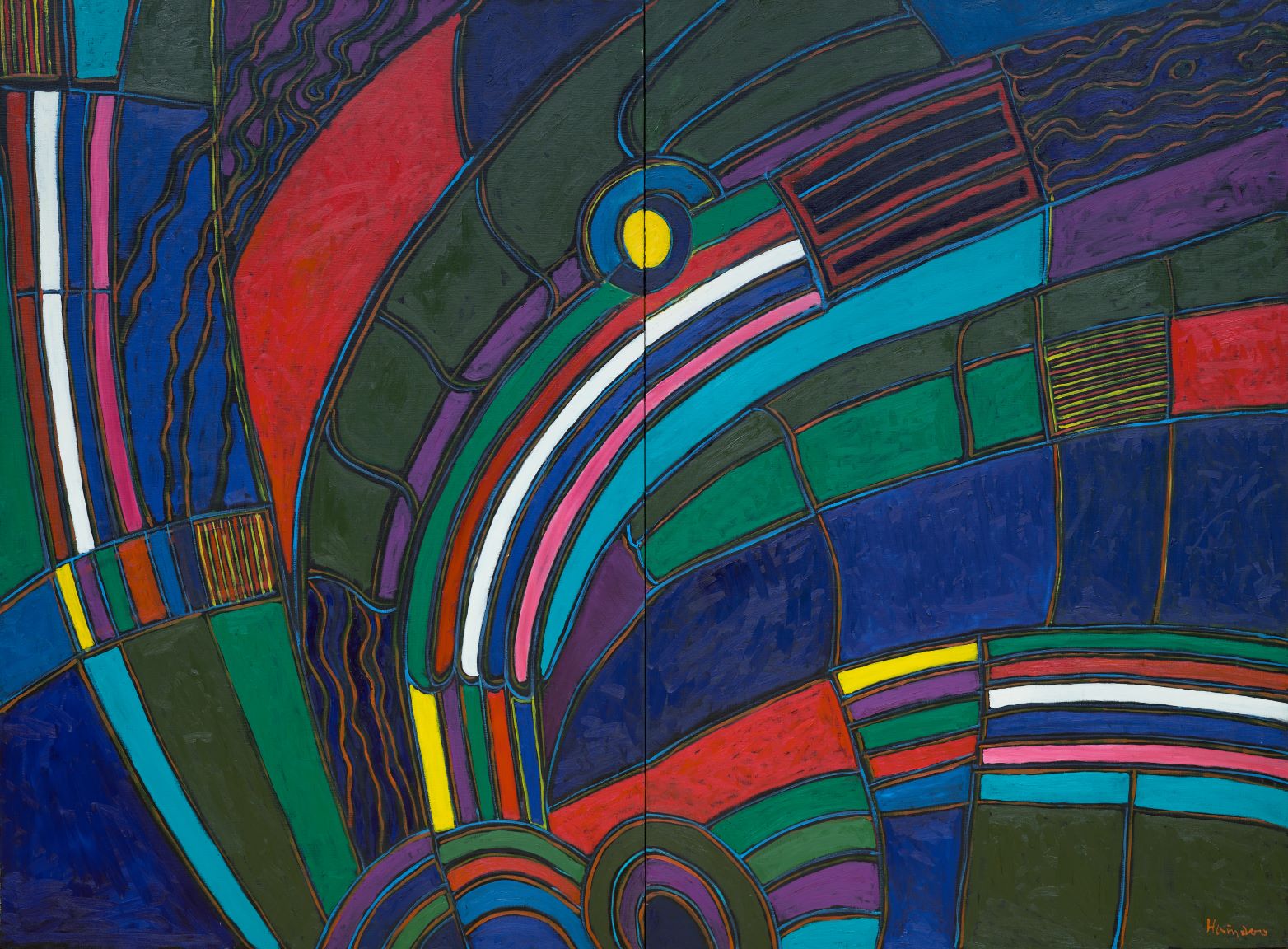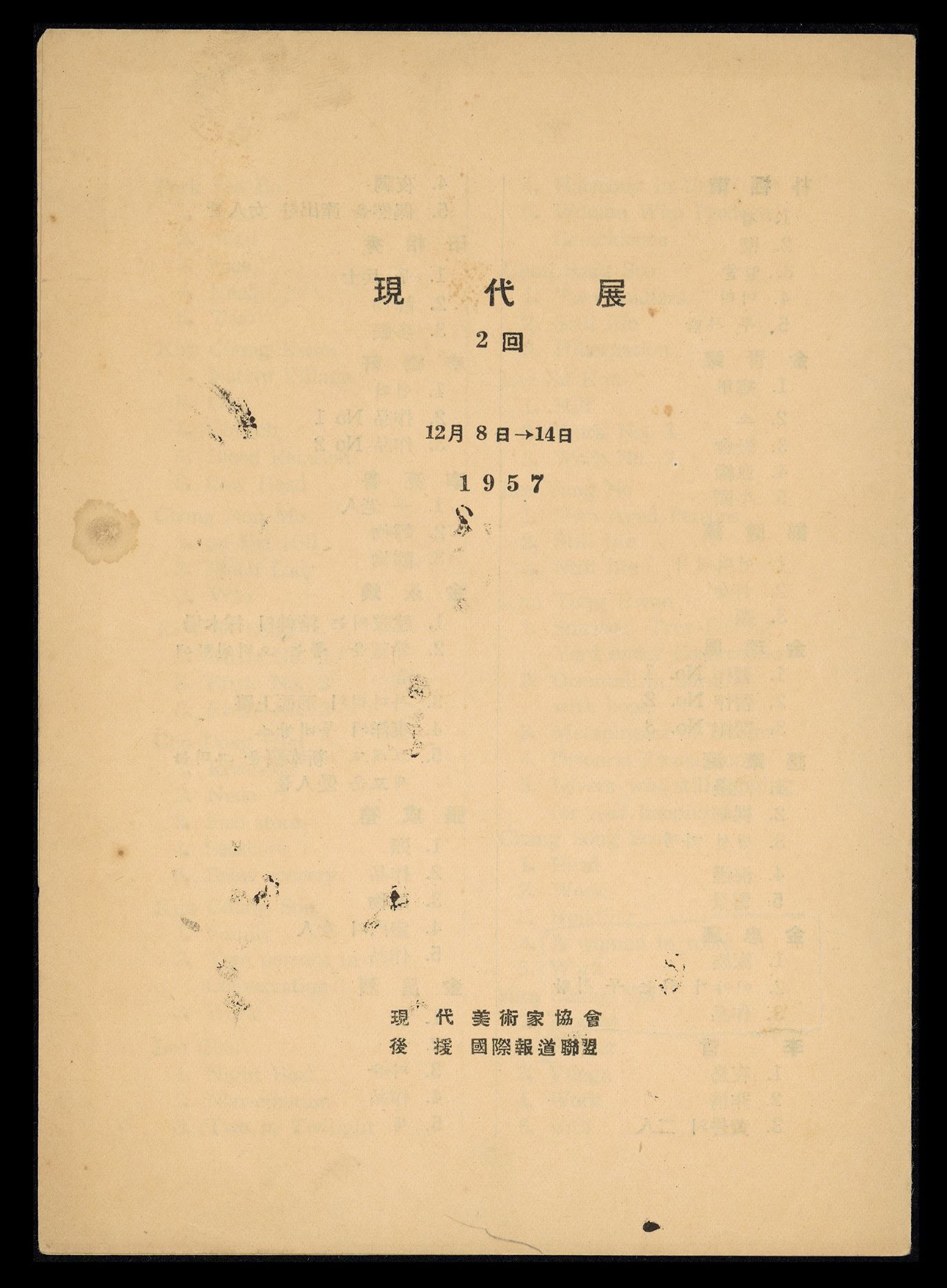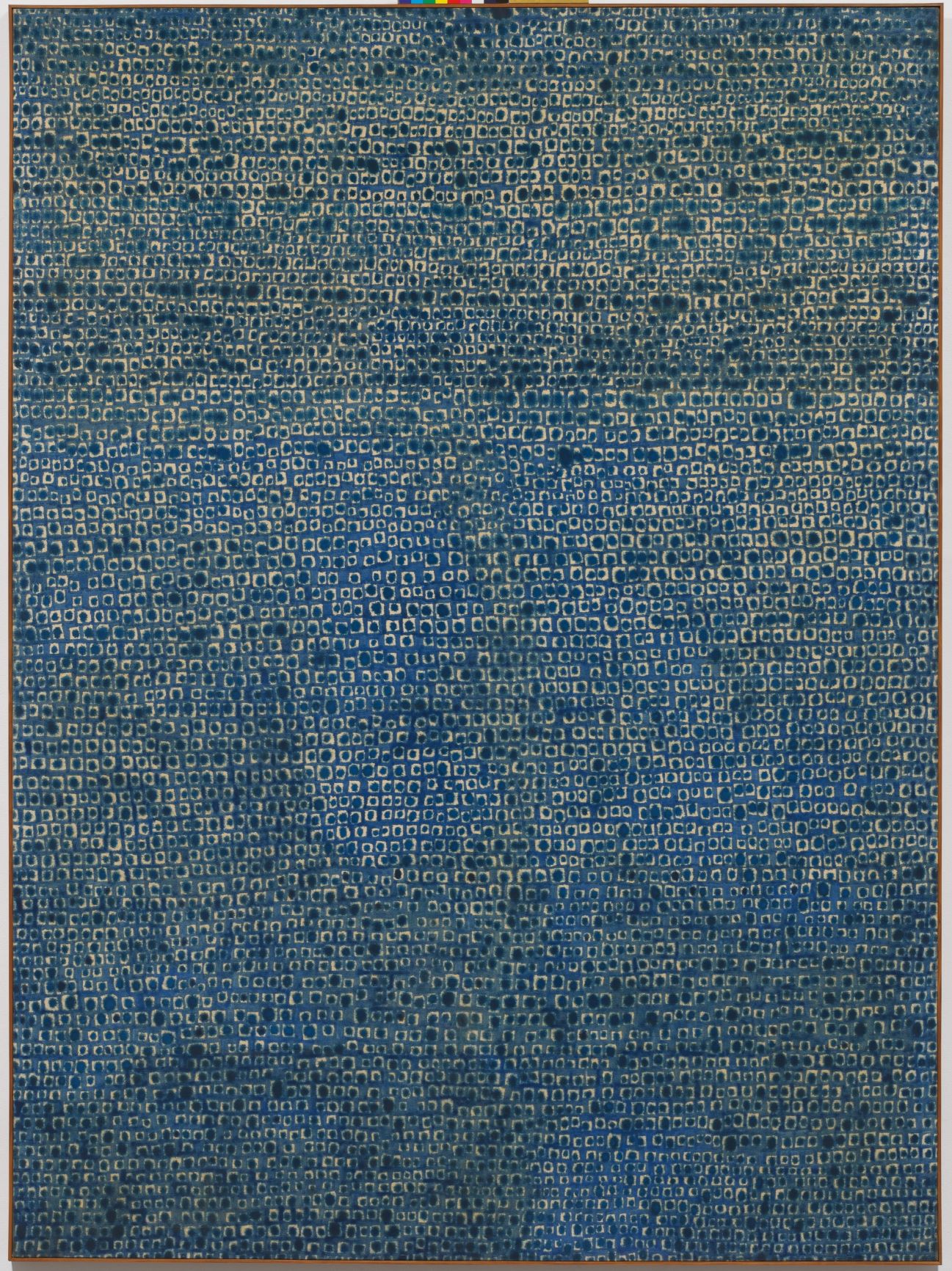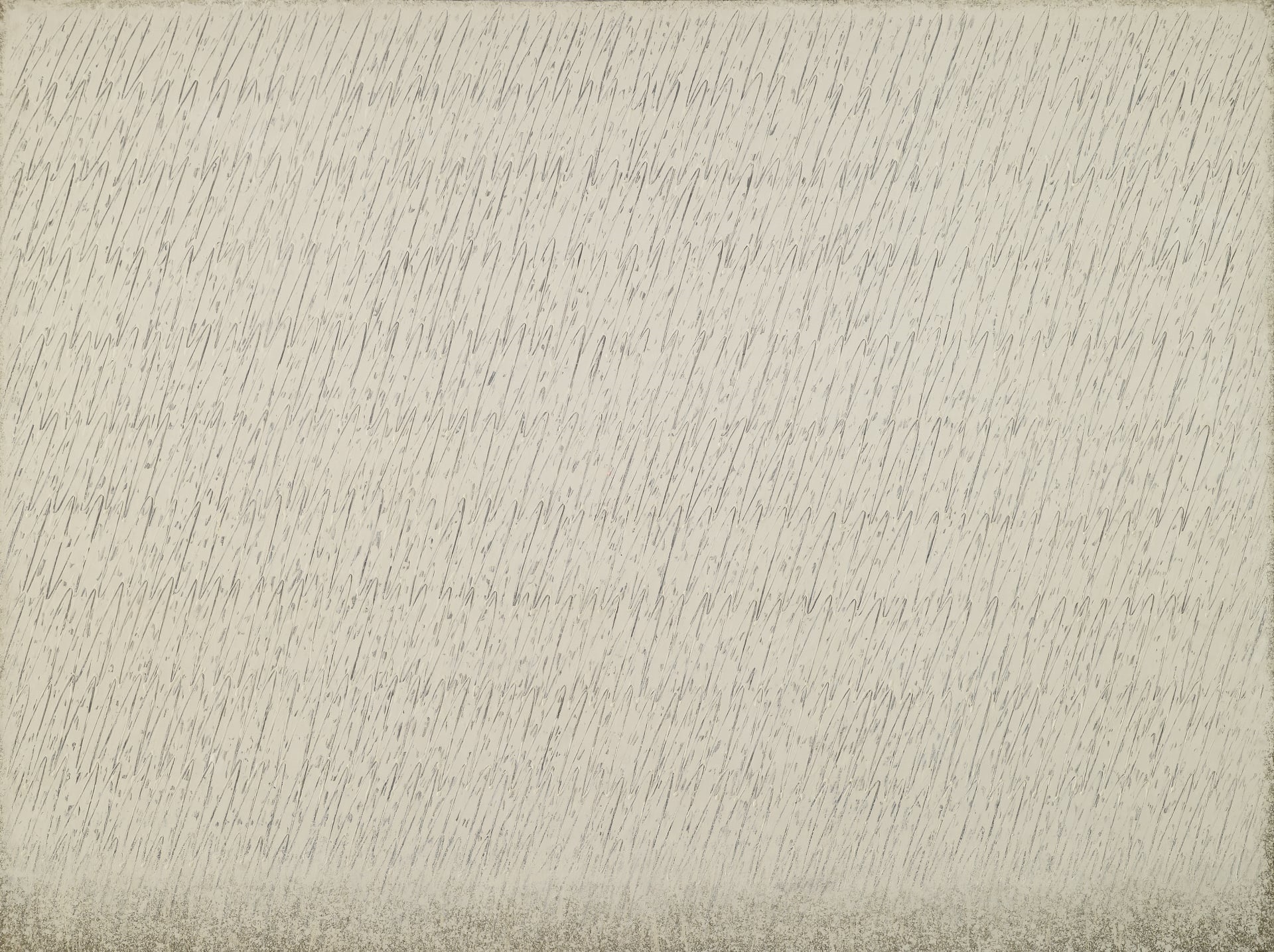
Ha Indoo, Fire of Soul-Cyclone of Light, 1989, Oil paint on canvas, 194×261.5cm. MMCA collection
Ha Indoo
* Source: MMCA
Related
-

Hyundae Fine Artists Association
An art organization formed in 1957 under the leadership of Moon Woosik, Kim Younghwan, Kim Tschang-Yeul, Jang Seong-soon, Lee Cheol, Ha Indoo, Kim Jonghwi, and Kim Cheonggwan. The association held its inaugural exhibition at the United States Information Service gallery from May 1 to 9 in 1957. As part of a new generation of artists who received university education after independence, the members chose the pursuit of the “antithesis of feudal elements that hinder the development of culture” as the task of the association, and they stated the founding purpose of the association as being to achieve “communion with the highbrow universal consciousness that is oriented toward contemporary art.” In the third exhibition, which was in 1958, the association featured Informel art, which heralded the beginning of an era of Informel in Korean art. In 1961, the association held a joint exhibition with the 1960s Artists Association, and in 1962, the two organizations merged to form Actuel.
-

Abstract art
A term which can be used to describe any non-figurative painting or sculpture. Abstract art is also called non-representational art or non-objective art, and throughout the 20th century has constituted an important current in the development of Modernist art. In Korea, Abstract art was first introduced by Kim Whanki and Yoo Youngkuk, students in Japan who had participated in the Free Artists Association and the Avant-Garde Group Exhibition during the late 1930s. These artists, however, had little influence in Korea, and abstract art flourished only after the Korean War. In the 1950s so called “Cubist images,” which separated the object into numerous overlapping shapes, were often described as Abstractionist, but only with the emergence of Informel painting in the late 1950s could the term “abstract” be strictly used to describe the creation of works that did not reference any exterior subject matter. The abstract movements of geometric abstractionism and dansaekhwa dominated the art establishment in Korea in the late-1970s. By the 1980s, however, with the rising interest in the politically focused figurative art of Minjung, abstraction was often criticized as aestheticist, elitist, and Western-centric.







